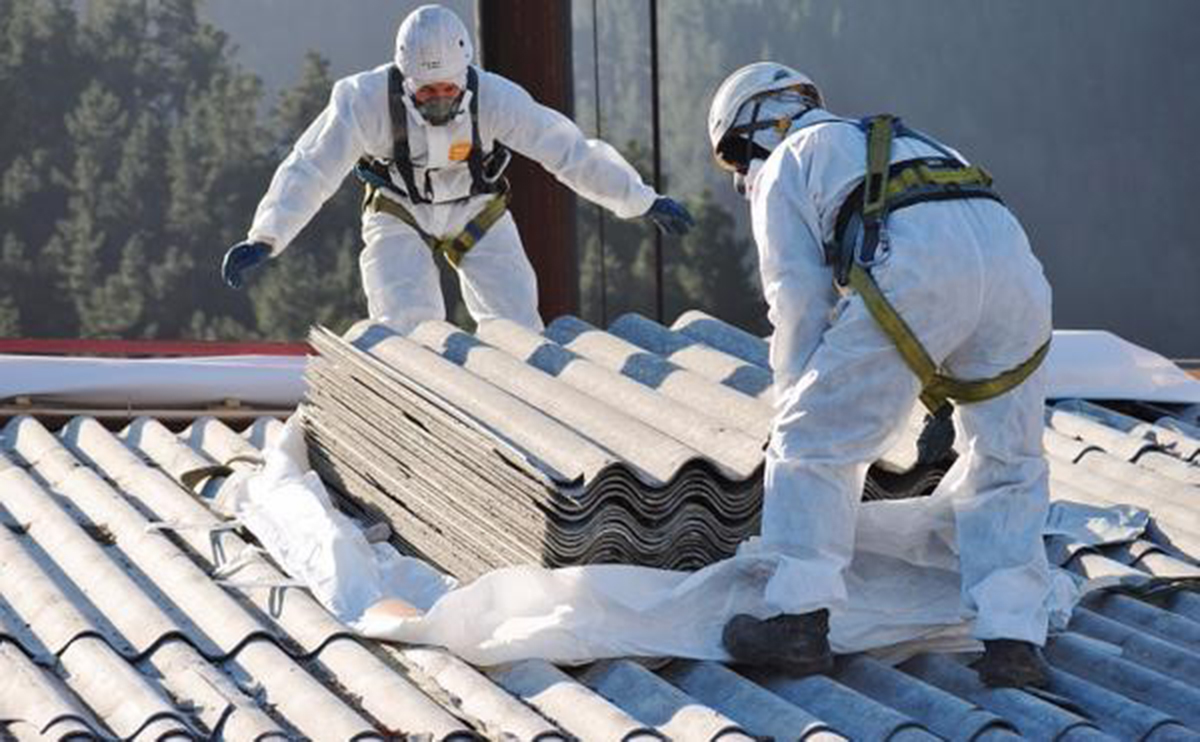Detecting asbestos with airborne hyperspectral imaging
Asbestos is made from six naturally occurring silicate minerals. These minerals include chrysotile, crocidolite, amosite, tremolite, anthophyllite, and actinolite. In the 19th century, manufacturers and builders discovered the very desirable properties of asbestos, which resulted in the large scale mining of the mineral. Asbestos absorbs sound, features quality tensile strength, has good resistance to fire, heat, and electricity, and, is affordable. These properties led to asbestos being used on a huge scale until the late 20th century.
In 1976, products containing asbestos were banned in the European Union. This is because the inhalation of asbestos fibres can cause serious and fatal illnesses including lung cancer, mesothelioma and asbestosis. It is estimated that asbestos causes 255,000 deaths per year, yet it is still commonly found in buildings built before the year 2000. Asbestos is relatively safe when untouched, but when damaged, it releases it’s harmful fibres into the air. The side effects and diseases caused by asbestos exposure are often not noticeable for up to 40 years. Because of this, it is important to be aware of buildings which have been constructed using the dangerous material, due to the potential health hazard they can pose should they get damaged.
Asbestos can typically be found in roofs, bathrooms, walls, ceilings, and insulation. This is because of it’s previously mentioned properties and it’s resistance to water.

Airborne hyperspectral imaging has been used to highlight asbestos in the roofs of buildings. This is done by collecting the spectral signature of asbestos and detecting all matching roofs with a hyperspectral imaging sensor attached to a UAV. By implementing airborne hyperspectral imaging, the user can fly their hyperspectral sensor over entire towns and constructed areas to gather data quickly and efficiently.

airborne hyperspectral imaging
Headwall’s airborne sensors are exceptionally small, light, and optically precise. Versions include the VNIR (380-1000nm), Extended VNIR (550-1700nm), NIR (900-1700nm) and SWIR (900-2500nm) spectral ranges. These sensors provide extremely high diffraction efficiency in its VNIR, NIR and SWIR versions. The A-Series, E-Series, X-Series, and M-Series sensors are available in Standard and High Efficiency designs.
To find out more about Headwall’s Hyperspectral Imaging sensors, click the button below:



